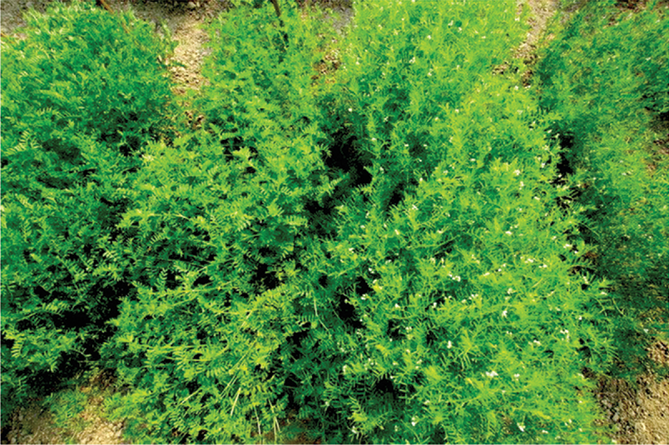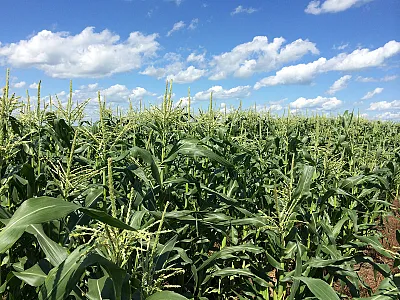Understanding Flowering Time Better Using Novel Phenotypes

Improving our understanding of the genetics underlying when plants flower is key to broadening genetic diversity and overcoming adaptation constraints in plant-breeding programs. However, analysis of complex traits, such as flowering time, is often limited by the number of individuals and/or the number of environments used in conventional experimental designs.
As reported recently in The Plant Genome, a research team that used a diverse collection of lentil varieties, grown in multiple locations worldwide, and incorporated environmental data has achieved much higher power to detect genes associated with flowering time. This was enhanced further by combining these multi-environment genome-wide associations with "latent variable phenotypes" derived from principal component analyses and photothermal modeling. Incorporating these as main traits and covariates identified genomic regions associated with response to temperature and photoperiod that had gone undetected with conventional approaches, reinforcing the role of known genes and highlighting previously unknown associations.
These approaches could be used in other crop species or to help dissect other complex traits. They could also ultimately improve our ability to introduce new genetic diversity into breeding programs and agricultural systems.
Adapted from Neupane, S., Wright, D.M., Martinez, R.O., Butler, J., Weller, J.L., & Bett, K.E. (2022). Focusing the GWAS Lens on days to flower using latent variable phenotypes derived from global multienvironment trials. The Plant Genome, e20269. https://doi.org/10.1002/tpg2.20269
Text © . The authors. CC BY-NC-ND 4.0. Except where otherwise noted, images are subject to copyright. Any reuse without express permission from the copyright owner is prohibited.











